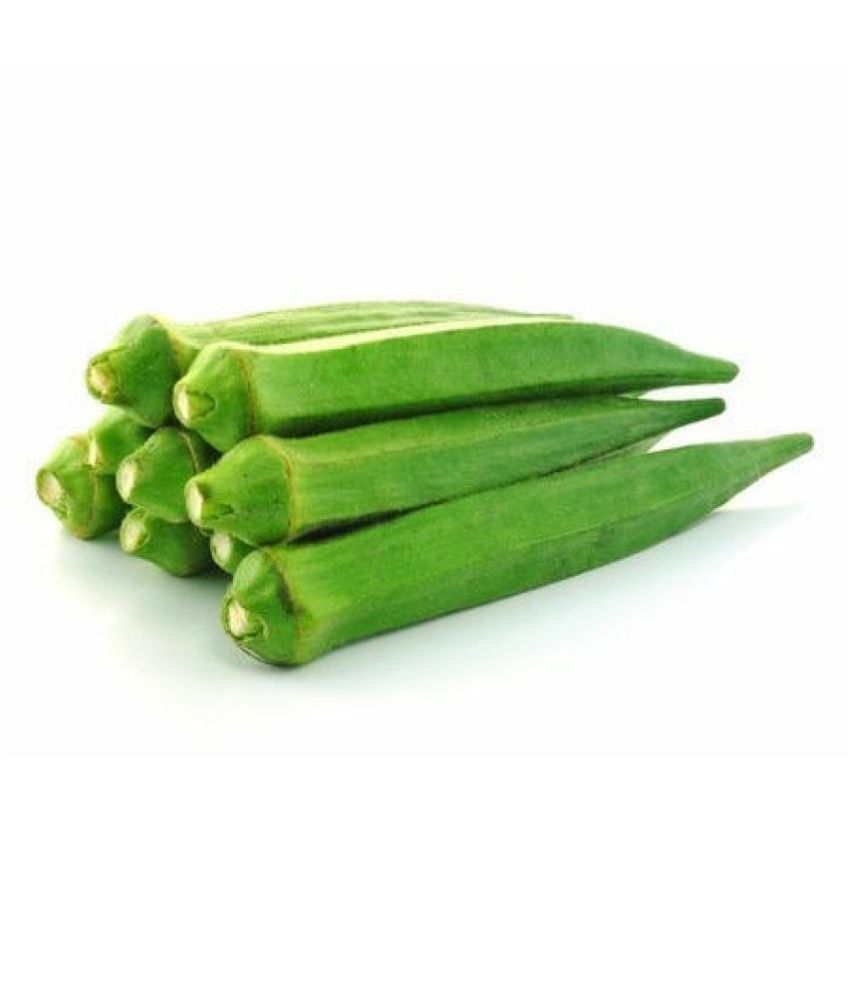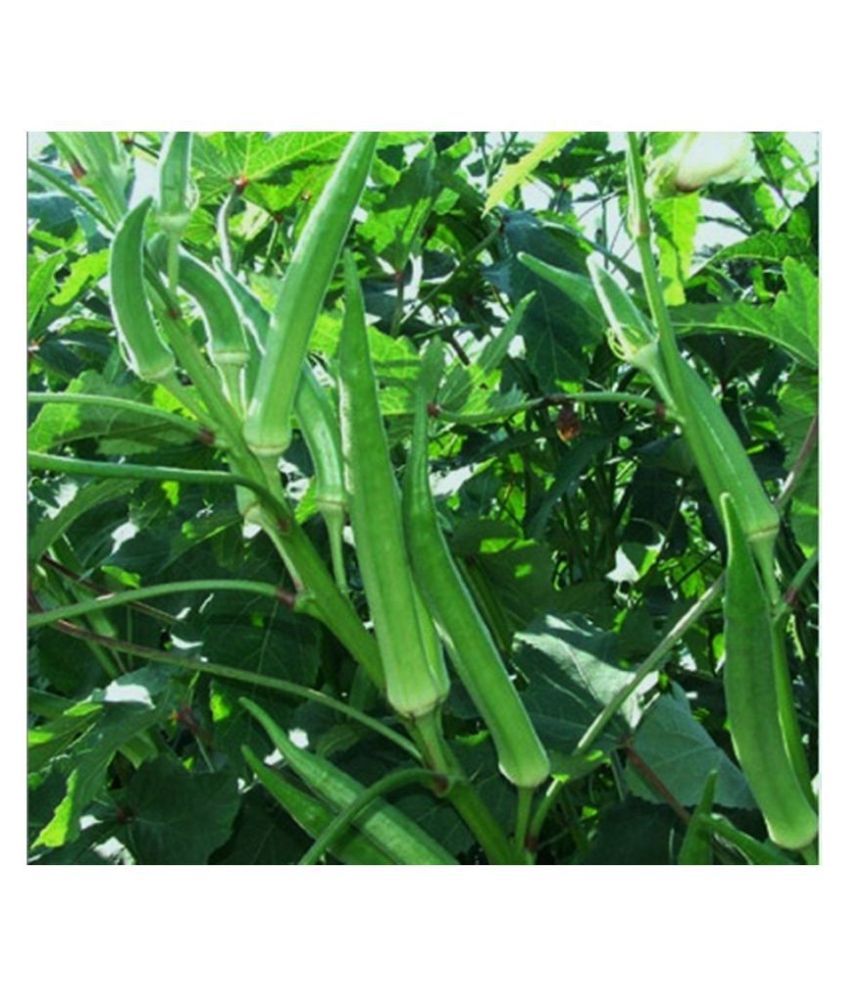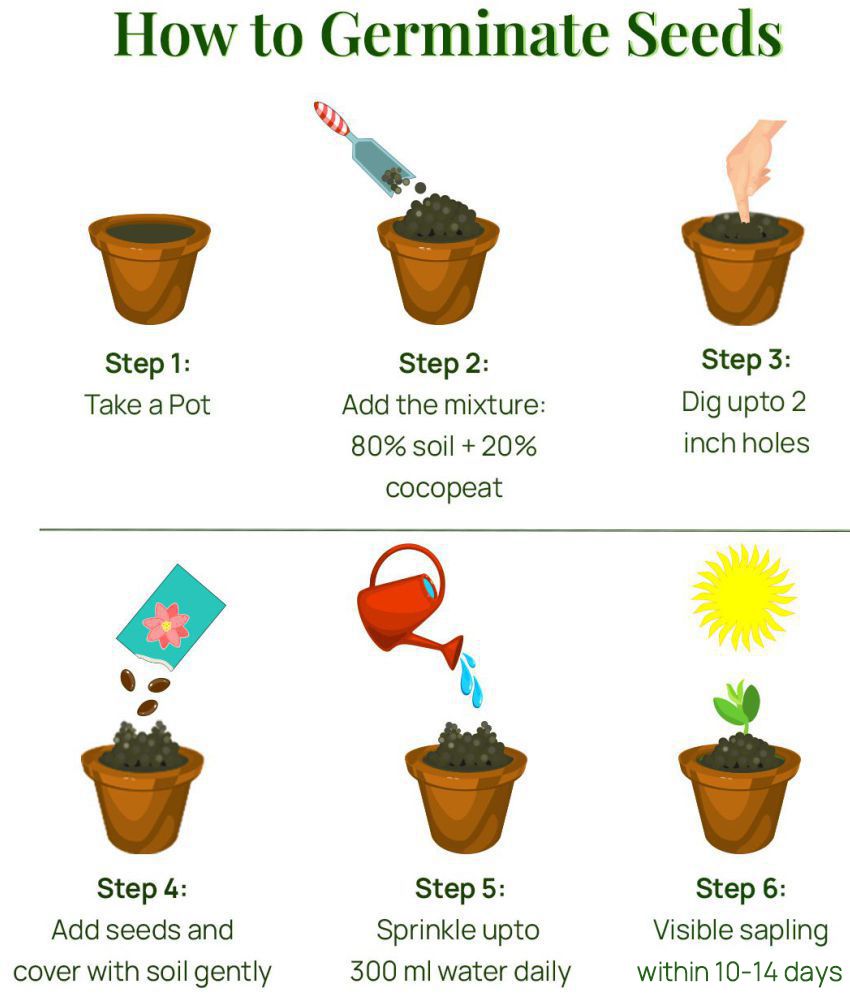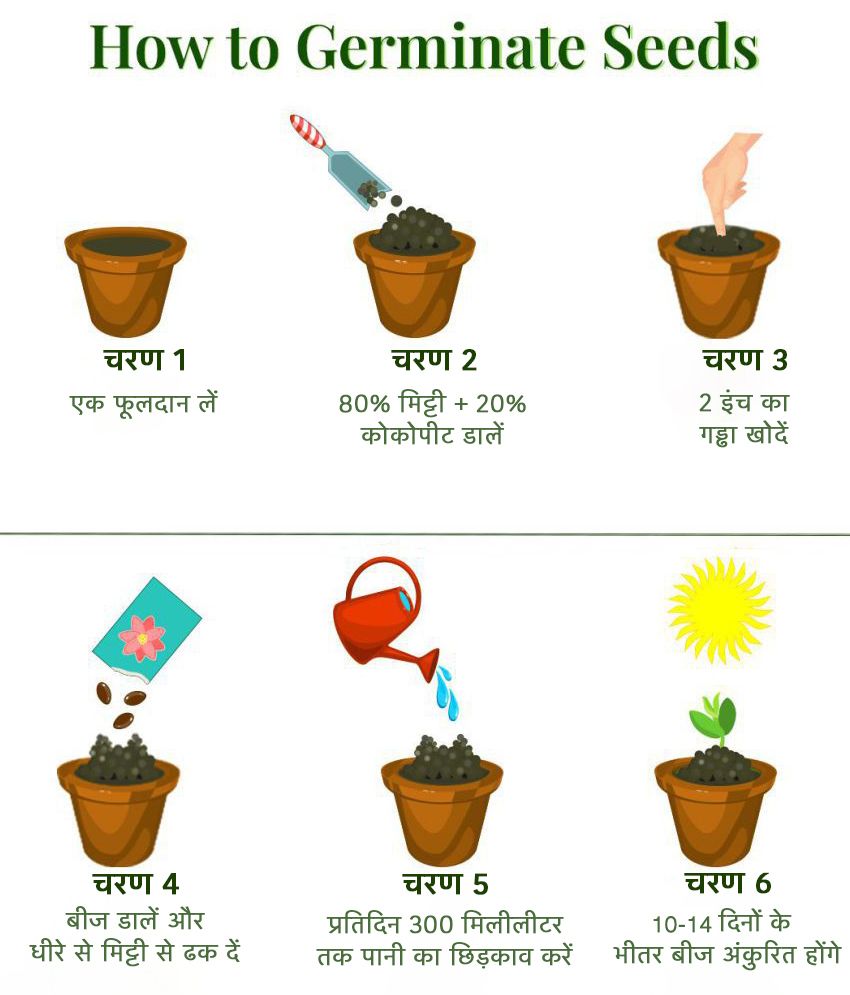Something went wrong. Please refresh the page and try again.
Something went wrong. Please refresh the page and try again.
Notifications can be turned off anytime from settings.
Item(s) Added To cart
Qty.
Something went wrong. Please refresh the page and try again.
Something went wrong. Please refresh the page and try again.
Exchange offer not applicable. New product price is lower than exchange product price
Please check the updated No Cost EMI details on the payment page
Exchange offer is not applicable with this product
Exchange Offer cannot be clubbed with Bajaj Finserv for this product
Product price & seller has been updated as per Bajaj Finserv EMI option
Please apply exchange offer again
Your item has been added to Shortlist.
View AllYour Item has been added to Shopping List
View AllSorry! OKRA SEEDS Bhindi Desi Seeds Lady Finger Okra Vegetables is sold out.






You will be notified when this product will be in stock
GROWING GUIDE FOR OKRA SEEDS
PLANTING INSTRUCTIONS
You can sow okra directly in your garden 3 to 4 weeks before springs starts.
Plant okra about ½ to 1 inch deep and 12 to 18 inches asunder.
You can soak the seeds overnight in tepid water to help speed up germination.
Be sure to space them 1 to 2 feet apart to give them ample room to grow. These plants are tall, thus, be sure to space out the rows 3 to 4 feet apart.
GROWING REQUIREMENTS
WATERING
Although okra is somewhat drought-tolerant, giving the plants about 1 litre of water per week is ideal.
PESTS
Pest infestation symptoms include brown-black necrotic lesions on leaves which may have chlorotic margins. Small soft bodied insects on underside of leaves and stems of young transplants or seedlings also cause damage. Pests that can affect this plant are Aphids, Corn earworms, Stinkbugs, Fusarium wilt.
SOIL
Although okra grows best in soil with a pH between 6.5 and 7.0, it can grow in soil with a pH up to 7.6. The soil should be loamy, crumbly and well drained.
SPOT
Choose the sunniest place in the garden to grow okra.
TEMPERATURE
The plant can grow above 10 C (50 F ), but to flower and to bear fruit abundantly, the temperature must be around 23-35 C (75 to 95 F) ideally. Okra flourishes in warm conditions, can bear hot climate and fails in cold temperature.
HOW TO HARVEST
The first harvest will be ready in about 2 months after sowing.
Harvest the okra when it's about 2 to 3 inches long every other day.
Cut the base, just above the cap with a knife. If the shank is also hard to ignore, the cod is probably too old and should be cast aside.
Wear long gloves when cutting the okra because most forms might carry skin irritants, unless you have a spineless variety.
To store okra, put the uncut and uncooked pods into freezer bags and stash away in the deep-freeze.
First cultivated in Africa, Okra popularly travelled from there to America and South Asia and became a much-loved summer vegetable. Grown usually in tropical and sub-tropical weather conditions, Okra has a gummy texture and belongs to the Malvaceae family of flowering plants. Okra is also one of the most heat and drought resistant vegetable. It is full of life-sustaining nutrients and minerals such as Vitamin A, B6, C, K, dietary fibre, folate, potassium, calcium, magnesium, and iron. Eating Okra, rich in so many health-giving nourishing substances, is a great way to have healthy cholesterol levels, maintain weight, prevent the risk of developing colorectal cancer, have a strong immune system, as well as protect the eyesight and body tissues. Though not in abundance but the ladyfinger does carry small quantities of protein, carbohydrate, and almost negligible calories too. These also have plenty of antioxidants such as beta-carotene, xanthin, and lutein and can also help in keeping the heart healthy and reduces the chances of being afflicted with type 2 diabetes monumentally.
The images represent actual product though color of the image and product may slightly differ.
For warranty-related claims, please contact the brand service centre.
Register now to get updates on promotions and
coupons. Or Download App